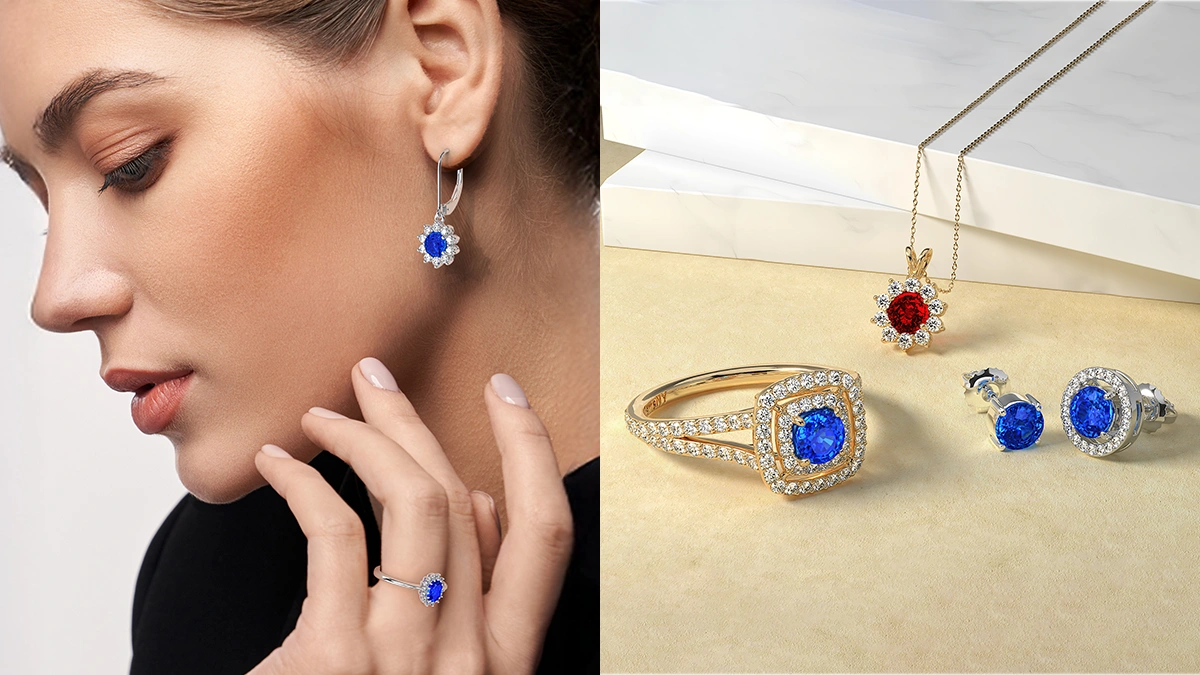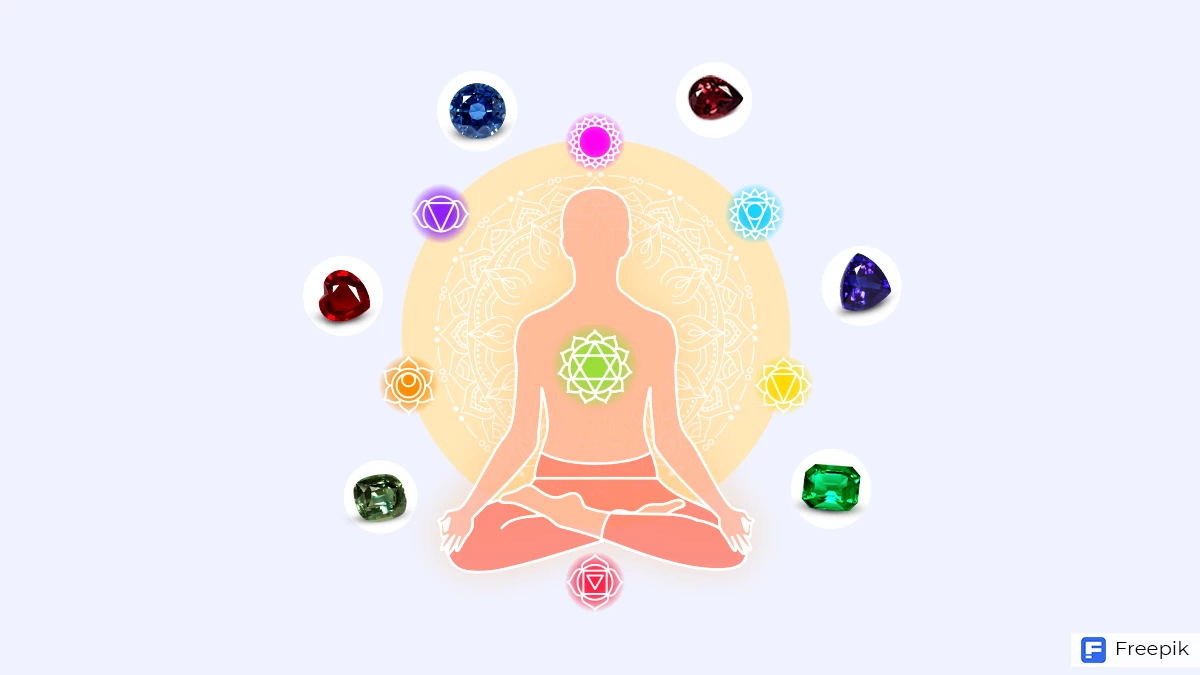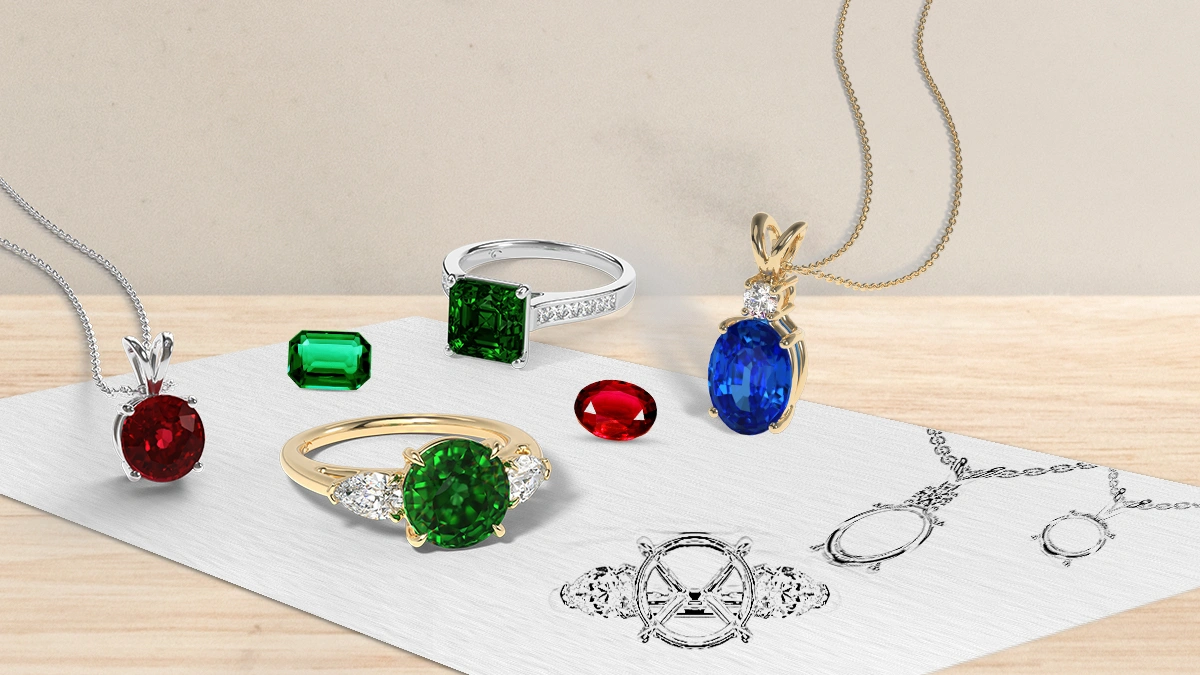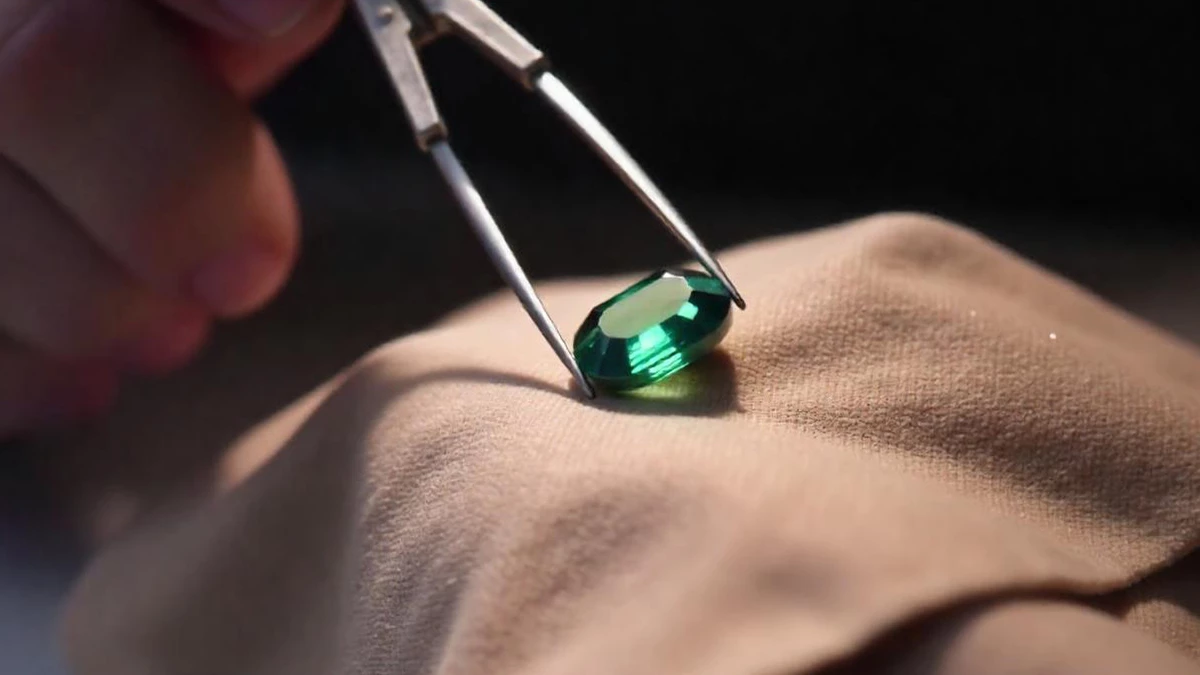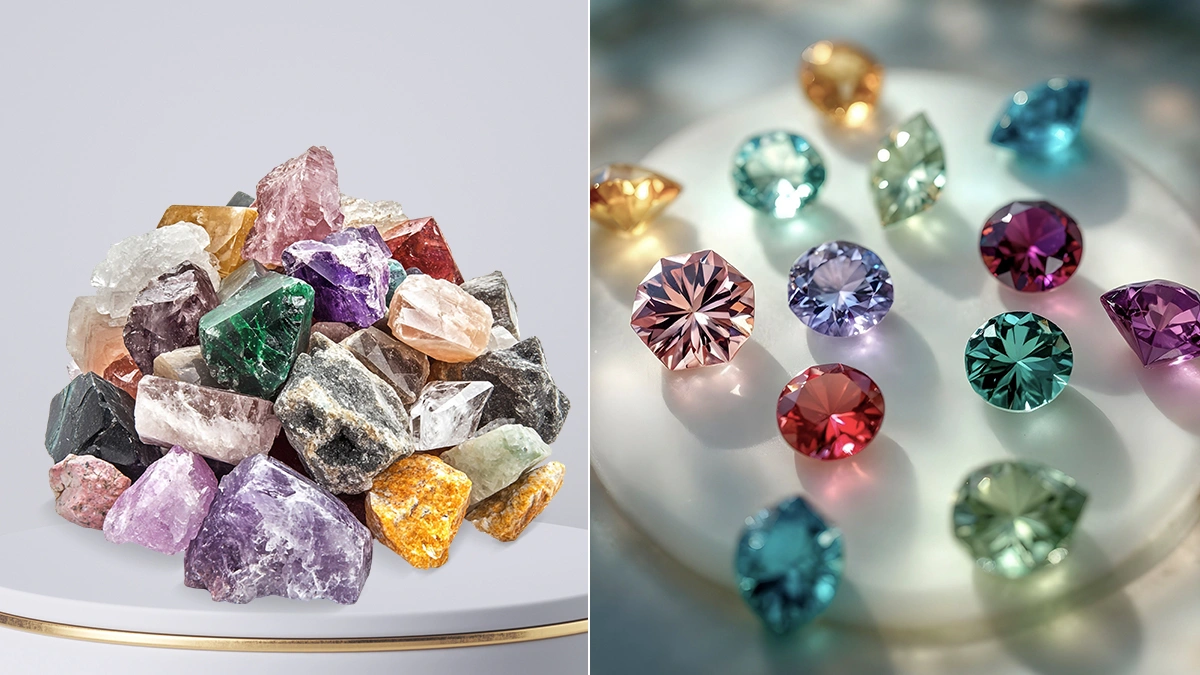Remember Lord of War where a dictator coerces an arms dealer to accept payment in the form of big bright diamonds? Anyone would give in to the temptation of those gems. And if you thought that diamonds are all about sparkle and love stories, well think again. Behind some of the sparkle lies a trail of conflict and some seriously shady dealings. Enter the Kimberley Process, the ultimate bouncer for the diamond world.
Its job is to keep conflict diamonds (also known as blood diamonds) far away from the market. Now, don’t picture a secret diamond police force in tuxedos.
The Kimberley Process is a global certificate that makes sure your gem is squeaky clean in its origins.
Curious to know how it works? Is this just fancy marketing or really foolproof? Stick around as we dive deep into the article to know more about the process.
What is the Kimberley Process?
The term Kimberley Process might sound like a diamond-cutting technique, it’s not.
On the contrary, it’s a global certification system that stops the trade of conflict diamonds. Now, what are conflict diamonds, you may ask? They’re those sneaky gems mined in war zones and are used to fund armed groups, terrorism and more.
Not exactly the romantic story you want tied to your engagement ring, right? The process requires governments and diamond traders to prove their gems are free from conflict.
Over 80 countries are on board, checking, stamping and certifying diamonds like pros. Is it perfect? Well, not quite—but it’s a start in ensuring your sparkling rock doesn’t come with a dark past.
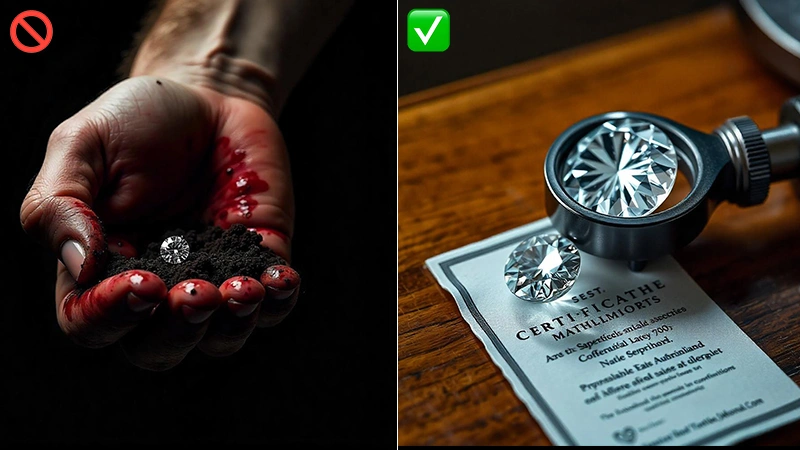
Who Started this Process?
The Kimberley Process was born out of a global need to tackle the trade in conflict diamonds.
It was officially launched in 2003, following intense lobbying by non-governmental organizations (NGOs) and diamond industry leaders.
The idea gained momentum after the 1990s, when the brutal wars in Africa highlighted the connection between diamonds and violence.
The initiative was spearheaded by governments and the United Nations, working together to form a regulatory system.
It came to life at a meeting in Kimberley, South Africa (hence the name), where representatives from different countries signed in. Their goal was to stop the trade of blood diamonds and ensure diamonds spark joy, not conflict.
How does it Work?
Every diamond that’s mined and sold has to come with a certificate, known as the Kimberley Process Certificate.
This certificate verifies that the diamond hasn’t funded war, conflict or violence. Countries involved in the trade must have this certificate before exporting or importing rough diamonds.
The process starts in the mine, where the diamond is logged and tracked all the way through to the final sale.
Along the way, officials inspect and keep tabs on the diamond’s journey. If a diamond’s history looks suspicious, it gets rejected. It’s like a high-security club for gems—only those with the right credentials make the cut!
The process is a team effort, with different countries playing key roles in ensuring diamonds are conflict-free.
Major diamond producers such as South Africa, Canada and Russia are part of the agreement. They enforce regulations that prevent conflict diamonds from entering the jewelry market.
The diamond industry, along with organizations such as the World Diamond Council in New York, helps monitor the process. They also play a role in enforcing the rules.
While no system is perfect, these authorities work together to create accountability and transparency in the diamond trade.
How Successful is the Process?
The Kimberley Process has made notable progress in curbing the trade of conflict diamonds, but its success is mixed.
It has helped reduce the flow of blood diamonds, with estimates suggesting a significant drop in trade since its inception.
Many diamonds in the market now come with verifiable certificates, increasing consumer confidence in ethical sourcing.
However, some critics argue that loopholes and lack of enforcement still allow conflict diamonds to slip through the cracks.
Also, the process doesn’t address human rights abuses in diamond mining or the environmental impact of mining practices. While the process has had a positive effect, it’s clear that there’s still room for improvement.
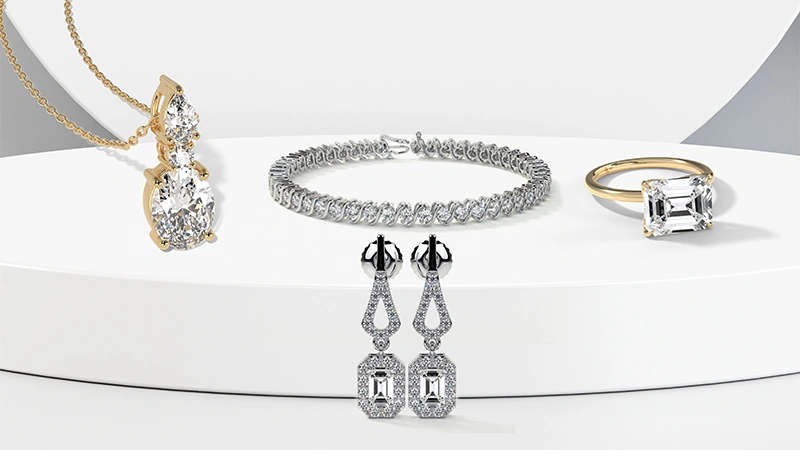
Sparkle with a Conscience
The Kimberley Process has made significant strides in ensuring that diamonds don’t come with a dark past.
While it’s not a perfect system, it’s a crucial step toward a more ethical diamond trade. With more countries and industry players involved, the hope is to continue making the diamond world a transparent place.
If you’re looking for stunning, conflict-free diamonds, we offer a curated collection that guarantees both beauty and ethical sourcing. You can go through GemsNY reviews to see how customers rave about the quality and transparency we provide. So, why wait? Browse the website to get your hands on your dream diamond jewelry, today!


-S1-35065.webp)
